How to setup Live Tryon Mode?
Live Tryon Mode allows users to virtually try on products in real-time using augmented reality. This feature can significantly enhance the user experience by providing a realistic preview of products such as jewelleries, watches and more. Follow these steps to set up Live Tryon Mode using our Web SDK.
Prerequisites
Before you begin, ensure you have the following:
- Basic Knowledge of JavaScript/TypeScript: Familiarity with JavaScript or TypeScript is essential.
- Node.js and npm/yarn Installed: You will need Node.js and npm or yarn installed on your machine to manage dependencies.
- Unique Brand Key: Obtain a brand ID key from your mirrAR POC.
- Webcam Access: Ensure that your application has permission to access the user's webcam.
Basic flow
Here is the basic flow of operations that will be done to use the live tryon.

Integration Steps
You can follow the below steps to integrate the camera/live mode directly into your web application.
Step 1: Installation
To begin, you need to install the AR Engine and Camera module from the collection of our modules. You can install them using npm.
npm install @mirrar-sdm/ar-engine @mirrar-sdm/cameraStep 2: Setup the camera
<div id="ar-container">
<video id="camera-video" width="640" height="480"></video>
</div>import { CameraService } from '@mirrar-sdm/camera'
// get required html elements
const container = document.getElementById('ar-container')
const cameraVideo = document.getElementById('camera-video')
// intialize the video width and height as camera resolution
const videoWidth = 640
const videoHeight = 480
// on camera frame callback
const onCameraFrame = () => {
// here you will get each of the camera frame to process
}
// use this method to start camera in camera service
CameraService.startCamera(container, cameraVideo, videoWidth, videoHeight).then(response => {
console.log("Camera started")
CameraService.onFrame(onCameraFrame)
const cameraCanvas = CameraService.getCanvas()
// setup AR Engine with the dimensions of the camera feed
setupAREngine(cameraCanvas)
})Step 3: Setup & Initialize the AR Engine
import {AR_Engine} from "@mirrar-sdm/ar-engine"
import { TrackingTypeEnum } from "@mirrar-sdm/ar-engine/lib/TrackingManagers/MachineLearningTrackingManager"
function setupAREngine(cameraCanvas) {
const container = document.getElementById('ar-container')
// You can set any dimensions here but it is advised
// to set the dimensions of AR Engine same as camera feed
const options = {
container: container,
dimensions: {
width: cameraCanvas.width,
height: cameraCanvas.height
}
}
const arEngine = new AR_Engine(options)
}Step 4: Setup Face or Hand Tracking depending on the type of jewellery that you want to augment.
// choose tracking type as face or hand
const trackingType = TrackingTypeEnum.Face // TrackingTypeEnum.Hand
// function to get the download progress of the AI model
const progressFunction = (values) -> {
console.log("Download Progress", values)
}
// callback that will be called after completion of Face/Hand Tracking Setup
const onComplete = () => {
console.log("Tracking setup successfull")
}
arEngine.setupTracking(trackingType, progressFunction, (data) => {
onComplete(data)
})Step 5: Process each camera frame in AR Engine
// on camera frame callback
const onCameraFrame = () => {
// here you will get each of the camera frame to process
let canvas = CameraService.getCanvas()
const onProcessingComplete = (results) => {
console.log(results)
}
if(arEngine) {
arEngine.processFrame(canvas, onProcessingComplete)
}
}